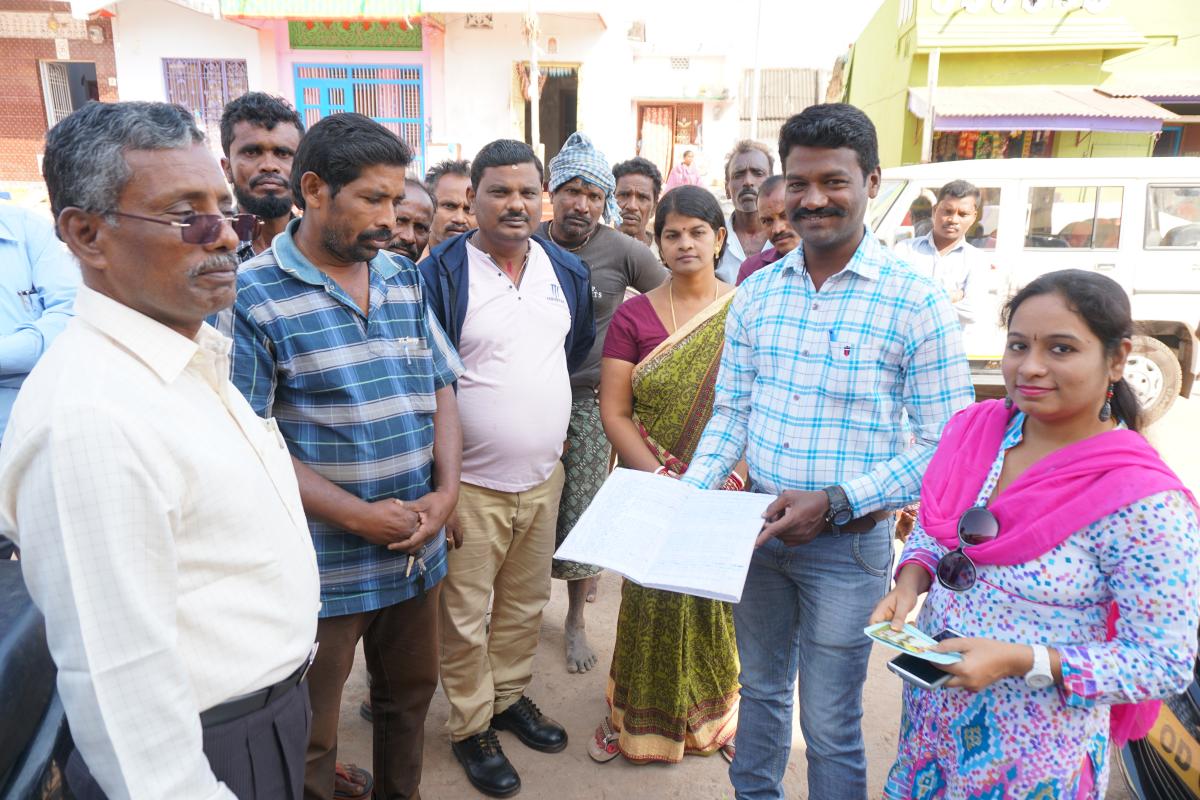All eyes are now on blended finance, but there are real challenges to using it in practice.
Published on: 11/10/2017

Blended finance (a sort of financial smoothie made of healthy doses of public, donor and private money) is being promoted as one of the hottest solutions for the massive investments required to meet Sustainable Development Goal 6. Why? Because today’s best estimates show that public finance (taxes), donor finance (transfers) and user payments (tariffs) won’t be enough to cover the annual US$ 114 billion investment required.
At the 2017 international Stockholm Water Week, the World Bank launched its latest thinking on this important subject: “Easing the Transition to Commercial Finance for Sustainable Water and Sanitation”. The 70-page document presents the main challenges to financing water and sanitation infrastructure as well as some solutions.
First of all, let’s be clear, this document is to be applauded. It’s great to see the World Bank using its impressive thinking power for the challenge of financing WASH, just as it is to see its still newish Global Water Practice putting out heavyweight knowledge products. And there’s much to like in the document. Starting with the acknowledgement of past failure: in this case the 2000 Camdessus Panel that was formed to mobilise finance for the Millennium Development Goals, but which in the Bank’s word’s led to “change [that] has been minimal”.
Fast forwarding to the Sustainable Development Goals, which set the bar far higher in terms of service delivery, and finance problems which have not gone away. On the contrary they’ve got worse. The SDGs focus both on extending services to those who have never had them (itself expensive) and at raising the quality of services to everyone. Estimates by the Bank imply that this means an annual investment requirement that leaps from the current US$ 18 billion/year to US$ 114 billion/year.
Achieving this order gigantic increase in financing will require creative solutions. The one the Bank is pinning its hopes on is the smart use of a mix of government and donor money (together with future cash flows from users) to entice local private finance into the sector: blended finance. And to be clear, this is nothing new – it’s how most of the high income countries from the US, the UK, South Korea to The Netherlands have financed infrastructure investments: mixing public finance, tariffs, property and liquor taxes, central government commercial and concessional loans and adding to this commercial loans, often in the form of bonds.
So far so good – and IRC welcomes both document and concept. Bringing more grown up financing to the water and sanitation sector is badly needed. That said, there are also areas of wishful thinking and (though not as dramatic as in the past) ideological blindness. Two examples that jump out. Firstly, an implicit theory of change that says, in essence: if we reform utilities and help them to develop “bankable projects”, they will become credit worthy and private finance will pour into the sector. Even if utility reform was easy (it isn’t!), this risks overlooking the host of additional requirements that lie completely outside of the utilities' control: everything from regulation that states clearly who owns assets through the ability of governments to issue bonds, to the credit rating of the country, or to regulation for pension and insurance fund investments. In a desk study by the Dutch Government, only 5 countries out of 19 examined met the requirements for even starting to explore blended finance mechanisms.
A second example relates to the Banks neo-liberal ideological blinkers (which are much less pronounced than in the past). In a nutshell the document is so keen on championing commercial finance that it risks suggesting it is preferable even to concessional finance (e.g. finance with lower interest rates and lower returns to investors). Let’s be honest, we will need both, but both are still debt and both need to be paid back with interest. Commercial finance is just more expensive than concessional.
Given that we are talking about blended finance which, by definition, requires large injections of public finance to tempt risk averse private money (i.e. to subsidise the risk), there is a real ethical issue that needs to be made more explicit. To what extent is it ethical to allow private funds to make long-term low risk profit by investing in water and sanitation infrastructure of poor countries when this is subsidised through limited public financing and ends up benefiting predominantly the better off (i.e. investments in sewerage systems which benefit a small minority of the population).
And this leads to a parting thought and a lot of open questions. Blended finance is above all a (potential) solution for urban areas served by water (and sanitation) utilities. But what about the elephant in the room that is the financing of rural areas? Can we have the equivalent of a blended finance facility for rural water and sanitation? Can the limited public finance be released (maybe as a revolving fund) to support the development of more sophisticated models of service delivery for the rural sector? What will the World Bank and other important lending agencies propose to dramatically increase the funds to the sector as a whole and not only to urban areas? Who will be leading and experimenting these types of innovation? Brave, undaunted ideas needed!
At IRC we have strong opinions and we value honest and frank discussion, so you won't be surprised to hear that not all the opinions on this site represent our official policy.